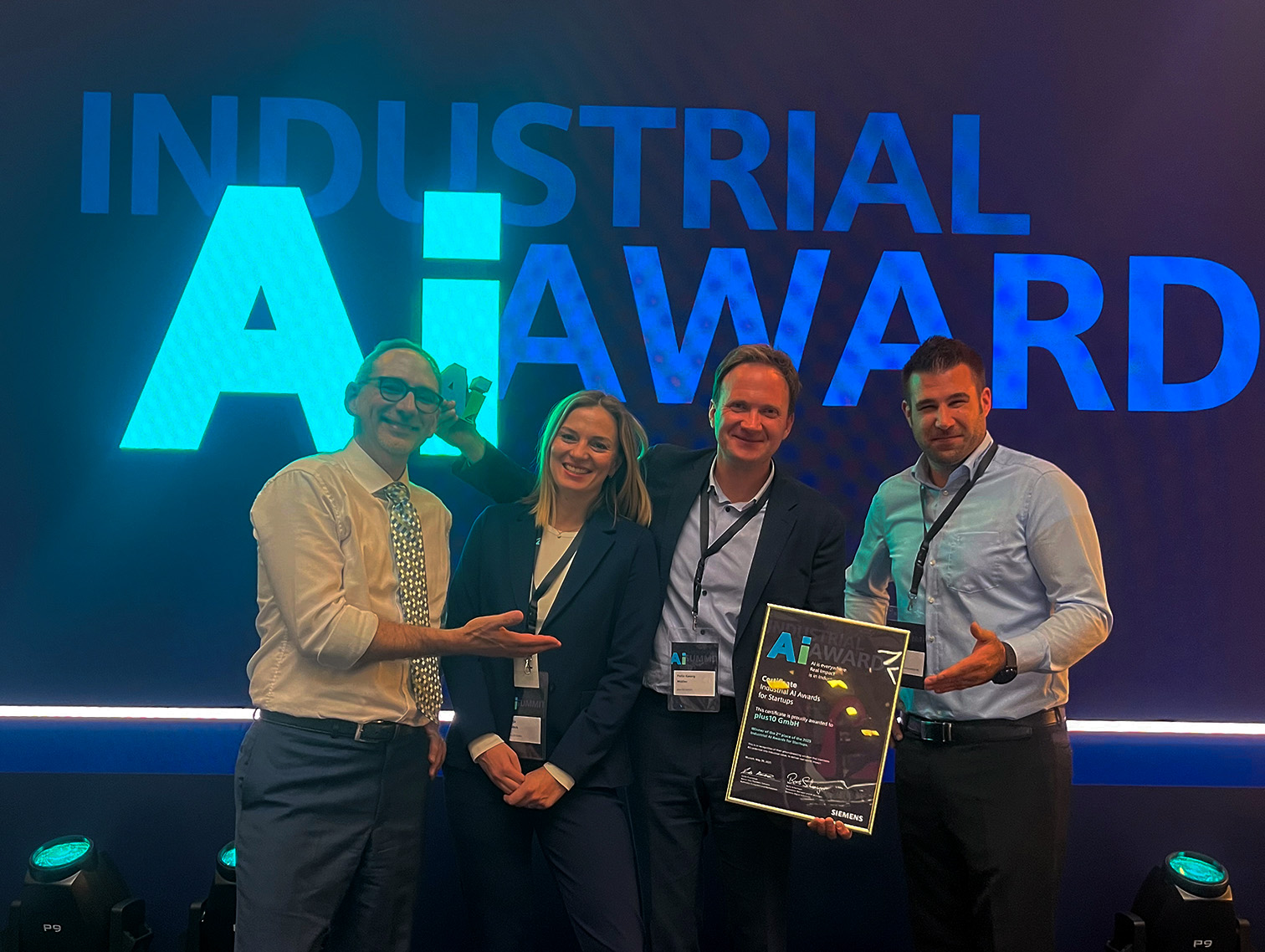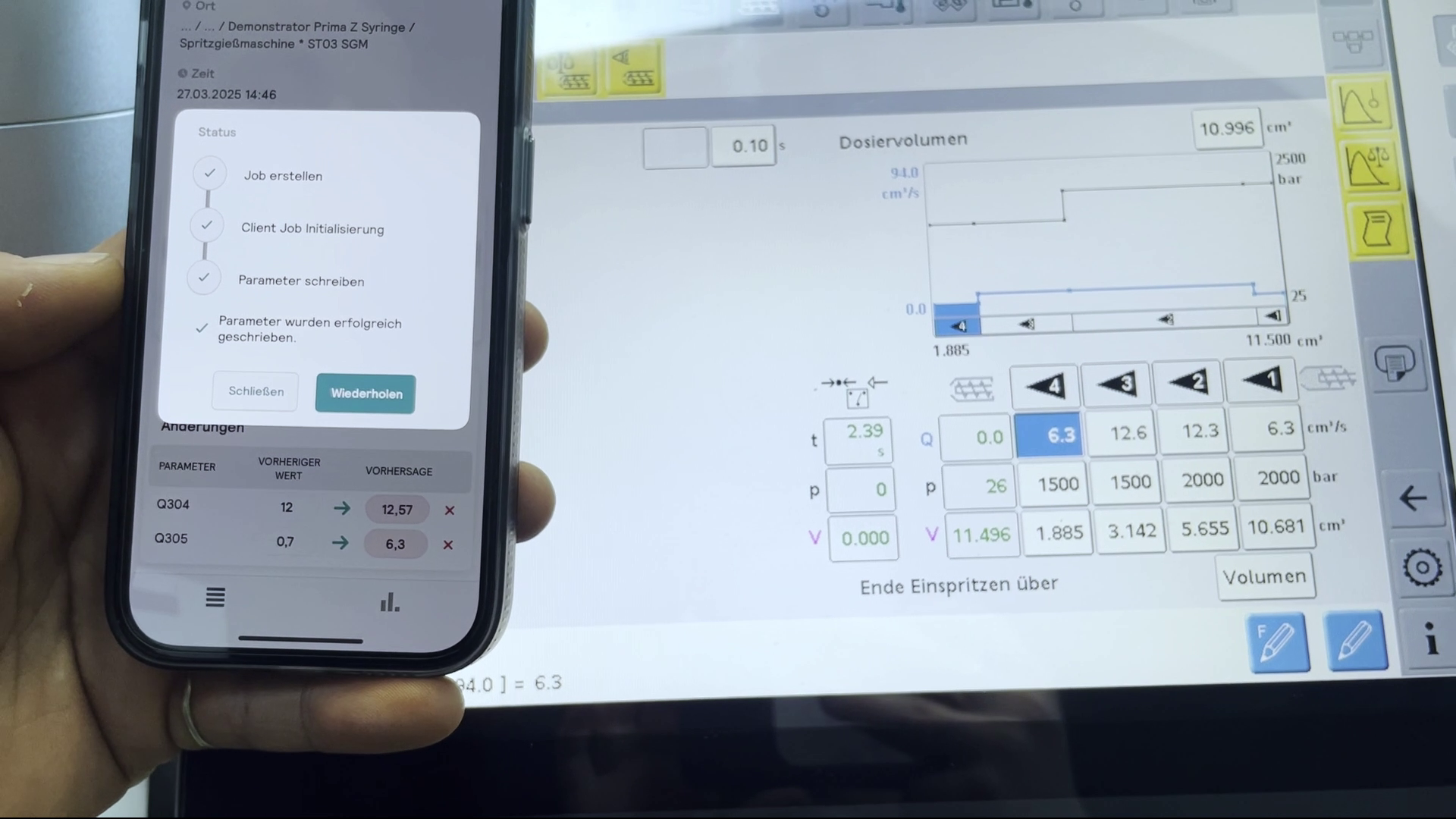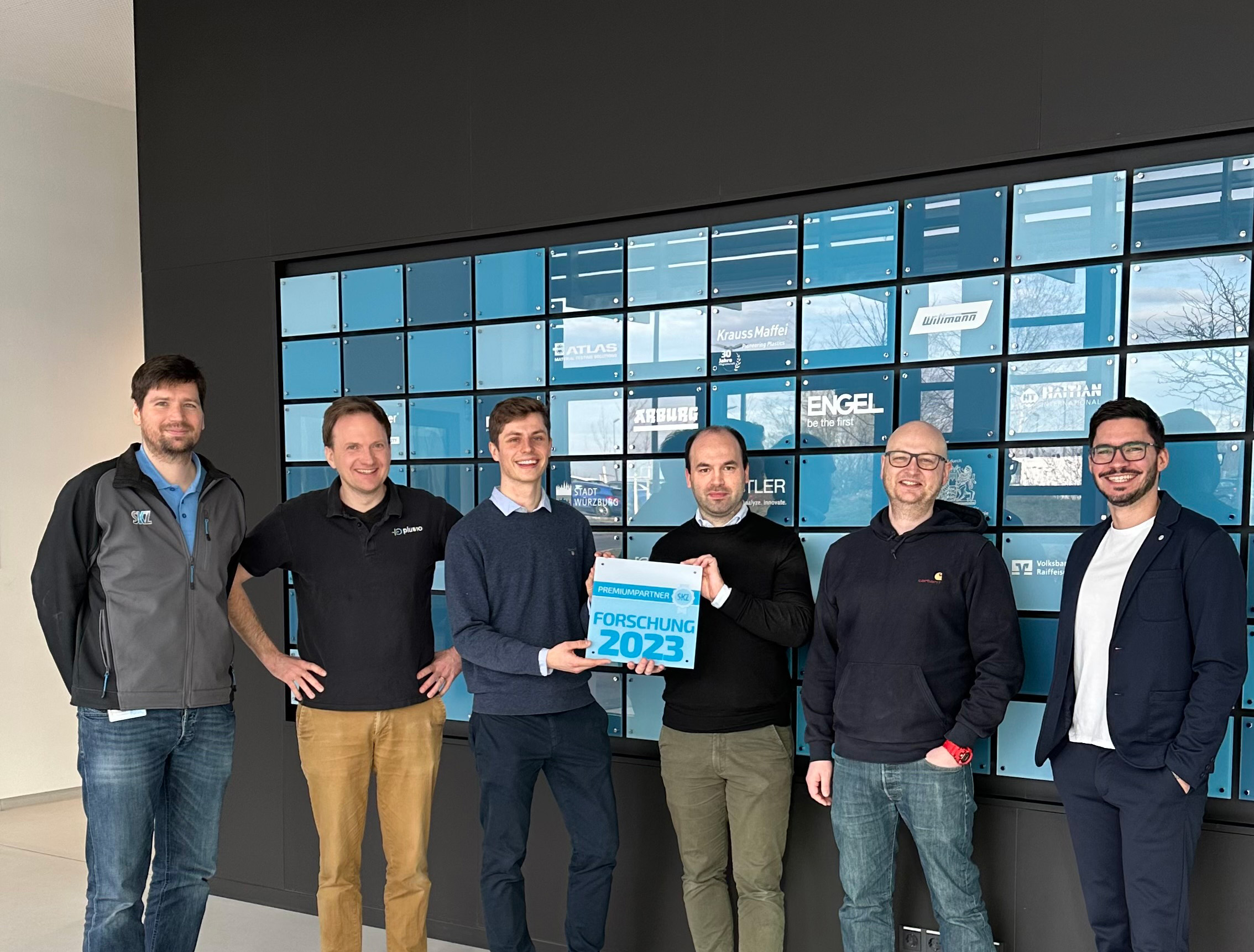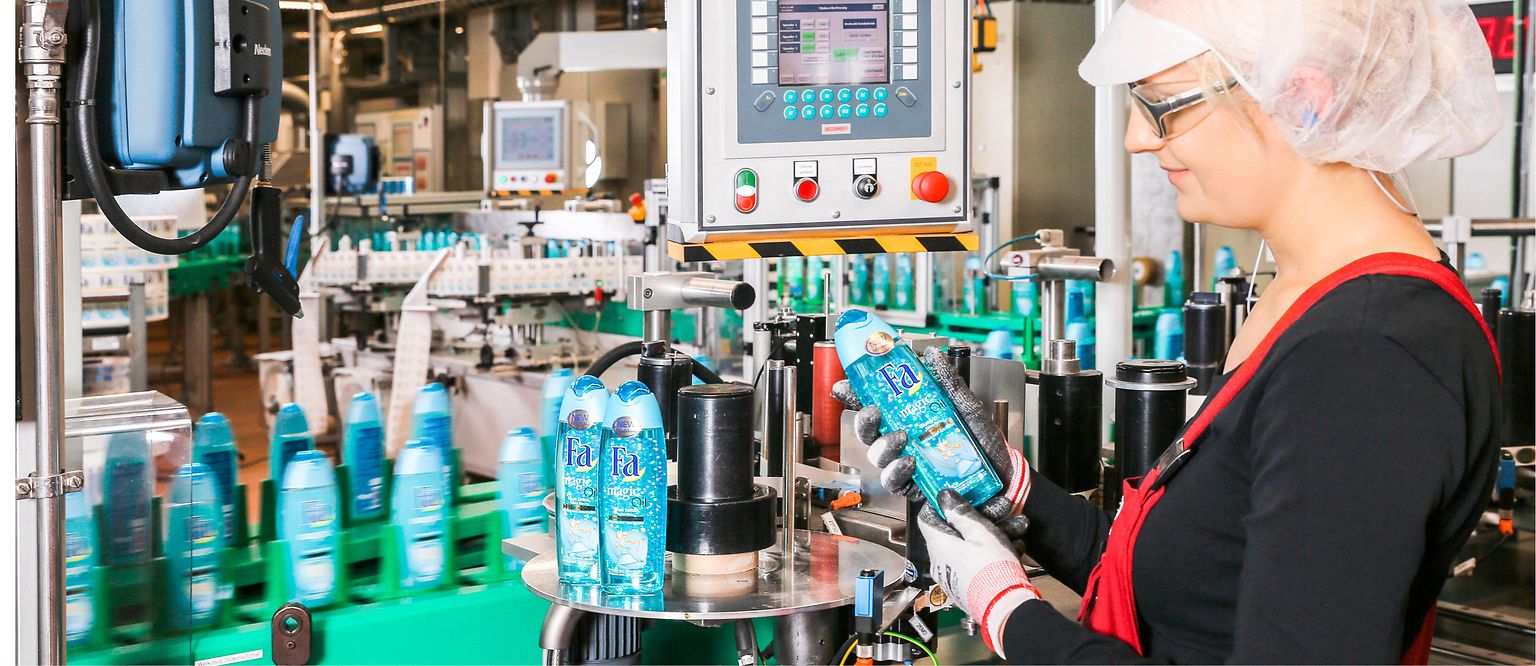
Smart AI: plus10 and ZAHORANSKY optimize MedTech
How plus10 and ZAHORANSKY are using AI tools to speed up the commissioning of complex injection molding systems, reduce waste and support operators in 24/7 operation.
From commissioning (IQ) to series production (PQ) - faster, more stable, data-based
The start-up phase of new, complex production systems is one of the most labor-intensive and lengthy challenges in the regulated medical technology environment. Particularly in the case of special machines with a high degree of automation for high output in 24/7 operation, such as the "PRIMA Z" polymer injection moulding production line with integrated injection moulding machine from the Freiburg-based healthcare special machine manufacturer ZAHORANSKY, process parameterization incl. including fine-tuning the mold, qualifying parameter windows by running test plans using different raw material batches and sampling all parts of all cavities according to various quality criteria can take several weeks - while every hour generates high costs and the system could be delivered to the customer faster.
Hopper, an AI-supported software tool from plus10 - a Fraunhofer IPA spin-off that has been active on the market since 2019 - that learns live and makes situational suggestions, addresses precisely this weak point. In the recently published case study on the collaboration between plus10 and ZAHORANSKY, the commissioning of a 16-cavity system for COC/COP staked-needle syringes was successfully completed.
"The special feature here is our integrated mold design for a staked needle syringe. Traditionally, only the syringe barrel would be injection molded and the steel needle glued in in a subsequent step. We were able to eliminate this with a high-precision needle separation and insertion technology in the injection mold. The liquid plastic melt therefore overmolds the inserted steel needle directly in one step without clogging it internally with material", [FM1] quote. At the same time, the goal is to measurably shorten the time span from IQ (Installation Qualification) to OQ (Operational Qualification) to PQ (Performance Qualification) while at the same time complying with GMP regulations.

Result:
According to customer feedback, the ramp-up time was reduced by 20% compared to previous similar projects. At the same time, reject rates in the early production phase fell by 10-17% -and this with an annual throughput in the millions.
The challenge: Unstable processes due to material fluctuations
The devil is in the detail - or more precisely: in the material batch. With high-performance materials such as COC or COP, even a slight deviation in viscosity or moisture content can lead to faulty parts. The consequences are well known: Streaks, black spots, warping or dimensional deviations. Even with identical machines and tools, these effects were difficult for operating personnel to control in real time and were usually combated with experience-based trial and error.
"Our lines run 24/7 and we were producing significant waste with changing batches and experiencing up to 30% OEE fluctuations between different shifts and batches, which has now been eliminated. This also has a positive impact on the entire intralogistics and downstream processes," says a lean manager at a global medtech manufacturer.

The solution: Hopper - AI learns what humans cannot see
Hopper continuously analyzes all available high-frequency process data from the machine and peripherals such as hot runner controllers, dryers and temperature control units as well as the current raw material propertiesof the batch currently being used in production (e.g. viscosity curves, density, age, residual moisture, etc.), ambient conditions (e.g. temperature, humidity), machine behavior (e.g. pressure curves, cycle times) and the results of the quality inspection. From this, the AI generates verifiable parameter suggestions, for example for injection speed profiles, mould temperature or holding pressure curves, but also for the plasticizing profile - up to 60 setting values in total, always within the validated limits.
Sven Walz, injection molding process expert at ZAHORANSKY, emphasizes:
"Hopper analyzes combined machine and material data for us over the last three months - this provides transparency that we didn't have before. The ad-hoc evaluation is particularly helpful for difficult materials such as COC or COP. The AI provides concrete counter-suggestions - that saves a huge amount of time and waste."
Hopper's learning model pipeline is based on an incremental AI approach: the system evolves from live data. This feature has been aligned with the recently published EU GMP Guide Annex 22 on the use of Artificial Intelligence in a regulated environment and makes it possible for the first time to combine AI-based process optimization and traceability in GMP-critical applications. The use case was even presented at this year's ISPE Europe Annual Meeting in Main London and discussed with the expert audience, as we are actively involved in the practical design of AI guidelines in the medical and pharmaceutical environment as part of an ISPE AI working group, adds Felix Georg Müller, Co-Founder and CEO of plus10.
Tried and tested in practice: Start-up support for operators and less support effort
Not only processes benefit: The work of the operating personnel on the line is also made easier by a second plus10 tool called Shannon®. The AI provides situational recommendations for action in the event of stops and faults that tend to come from automation technology - even in difficult situations such as step chain errors or flickering limit switches.
Mark S., commissioning engineer at ZAHORANSKY, puts it like this:
"Shannon® is exactly what we need to compensate for a lack of skilled workers. It allows us to share situational solution knowledge and tips with the customer's production team more quickly on site during commissioning across all shifts, thereby achieving stable processes. Even less experienced colleagues on the customer side can be trained and deployed productively more quickly with Shannon® - with fewer queries, less remote support and ultimately more satisfied customers."
Conclusion
The two live-learning AI tools Hopper for injection moulding process optimization and Shannon® for worker assistance during stops and malfunctions from the Fraunhofer spin-off plus10 show how AI can close the gap between regulatory requirements and production reality when used on complex injection moulding-integrated systems from special machine manufacturer ZAHORANSKY, significantly shortening ramp-up times and avoiding rejects in 24/7 operation. Whether in ramp-up optimization or in series production,the tools provide situational recommendations for action that not only reduce scrap, but also bring situational expert know-how to the line. In times of increasing complexity and a shortage of skilled workers, this is a decisive factor - for operators and machine manufacturers alike - cooperation pays off!
News from plus10.


Plus10 GmbH is honored for the first time as Premium Partner Research of the SKZ




